If you had to hand somebody one game in the series to explain why people like Resident Evil, Village would be a strong top-three contender.
It effectively combines the science-horror that’s been a trademark of the franchise with a reinterpretation of some of horror’s classic monsters, while playing mix-and-match with working features from past Resident Evil games.
However, Village is also strangely paced, choppy, and suffers from a few truly bizarre design decisions. If I had to guess, it might not have gotten as much testing or development as it should have.
Entire gameplay mechanics are poorly explained, it peaks much too early, and its go-to enemies are obnoxious. There’s a lot about Village that’s just plain weird, even for a game in which feral wolf-people armed with crystalline weaponry are chasing you in what appears to be 17th-century rural Romania.
On the whole, it’s a good time. and I’ve enjoyed my trip through it, but it feels like a project that got quickly kitbashed into shape to meet a deadline.
Resident Evil Village Review: A Greatest-Hits Collection for the Franchise
The elevator pitch for Village, I have to imagine, was to juice up a direct sequel to Resident Evil 7 with proven and successful elements from other games in the series. It’s got Resident Evil 4‘s fever-dream camp, upgrade system, and treasure hunting; RE7‘s first-person perspective and grindhouse gore; and several different types of indestructible pursuit monsters from the last two years’ remakes of RE2 and RE3.
It’s a compilation album of a game, like Resident Evil‘s greatest hits bound into one release, and it just about pulls it off. There’s enough new stuff here that it doesn’t feel entirely like a retread, not least of which is its general atmosphere of Gothic horror.
Resident Evil, as a rule, is not known for its rock-solid depiction of modern science, but Village is less tenuously connected to it than ever. There’s only the faintest shred of narrative justification for why you’re fighting vampires, werewolves, possessed dolls, bird-people, and a steampunk Magneto.
Most other franchises on the planet would’ve spun off an entire new series to use monster designs like these, but Resident Evil, the reigning king of “well, why not?” in modern game design, goes ahead and swings for that fence. I have to admire that.
Since the events of RE7, Ethan and Mia Winters have been put into the biohazardous equivalent of witness protection. They’ve settled into a new home somewhere in eastern Europe with their infant daughter, Rose.
One night, a squad of soldiers attacks the Winters’ house and captures both Ethan and Rose. When Ethan comes to, he’s in the middle of nowhere, on the outskirts of a rural village that’s currently being depopulated by a new breed of feral mutant. Without any better ideas, he sets out to explore the area in search of his daughter, a few answers, and a way out of town.
The ensuing game is a return to Resident Evil at its most surreal. Unlike the vague nods to realism in RE7 or the RE2 and RE3 remakes, where you could kind of imagine actual law enforcement work happening in the Raccoon Police Department, nothing in Village ever feels like it was meant to be anything besides a video game environment. It’s nothing but puzzles, secret passages, winding paths, and hidden doors.
That’s something you probably won’t notice until your second time through the game, however. Village is tense from the start, and your first real brush with combat is also one of its toughest moments, as you end up in a seemingly endless struggle against mutant werewolves.
From there, you’re sent careening from one series of horror set pieces to another, where each one could’ve come from an entirely different game. Ammunition is always low without actually being scarce, every hit feels like it could be your last, and every new area comes with its own inventive spin on how best to kill you.
It’s poised halfway between the outright action of RE4 and the resource management of classic survival horror. You’ll be fine as long as you’re careful to scour every room for every scrap of useful goods, but you never feel like you’ll be fine.
The combat generally feels pretty good and has a nice variety of monsters. I’d be happier with it on the whole, though, if Village’s Legally Distinct Werewolves, the lycans, weren’t both the most common enemy in the game and a complete chore to fight.
They’re fast, evasive, attack in packs, have a massive pain tolerance, and are each bullet sponges. On Standard difficulty, a single lycan can soak up an entire clip of pistol ammunition on its way to snack on your carotid artery.
Granted, that gives your next run through the game a nice burst of schadenfreude, because now you’ve got bigger guns with more ammunition. The setpiece that effectively starts the real game, a timed gauntlet where you’re forced to survive against an infinite number of lycans, is tense and frantic on an initial run, but when I returned with a tricked-out Magnum revolver and infinite ammunition, it is these hirsute jackwagons’ final reckoning. It might very well be one of the most satisfying experiences in the Resident Evil series to date.
For that first run, though, I never enjoyed it when the lycans came after me. There was some of that at play in the RE2 and RE3 remakes as well, where zombies’ durability and occasional unpredictability made them harder to deal with than one might expect, but the lycans could stand to be dialed back a notch or two.
Fortunately, they’re not the stars of the whole show. That title goes to the four Lords of the village, each of whom inhabits their own themed level like a splatterpunk Mega Man.
Lady Dimitrescu, an invincible nine-foot-tall vampire dressed in the height of 1930s fashion, is the one everyone’s been talking about, but the secret MVP is Donna Beneviento. If you haven’t been spoiled on her section, I won’t be the one to do it, but it’s the kind of slow-burn freakshow that I never expected to see out of Resident Evil.
After Donna, the rest of the game goes straight back into well-worn franchise territory, which is either a step down or a welcome relief depending on who you ask.
To my mind, it’s more bizarre than anything else. Village is, for most of its running time, the platonic ideal of a Resident Evil game, where it shoves most of the series’ standards into one 10-hour burst.
The exception is this one hour-long segment, which also happens to be one of the most terrifying things in the franchise’s 25-year history and is nothing like the rest of the game. It feels like the projectionist mixed up the reels on the movie and now you’re playing Outlast for a little while before getting back into the action.
That dissonance isn’t a deal-breaker, but it’s a useful example of the single biggest criticism I’ve got about Village. It’s a perfectly effective survival horror game with a couple of must-see levels, but at the same time, there’s a lot about it that doesn’t feel like it’s fully baked.
Here, I can point to the lycans’ wonky attack range, the short shrift given to many of the game’s NPCs, or how the character who’s ostensibly the main antagonist gets less screen time than most of her underlings. The village itself is full of petty annoyances, like how many of its main paths are blocked by obstacles that aren’t labeled on the map, which is otherwise great about updating itself.
The worst of the lot, though, is how the cooking mechanic works. You can gather meat and game from the village and bring them to Duke, the game’s merchant, to cook them into buff-granting dishes. The problem is that you can find the ingredients well before you unlock the option to use them, which has misled a lot of players, including me, into selling them to Duke for cash. That in turn can lock you out of much-needed upgrades for the duration of the game. It’s unnecessarily frustrating.
I never had a crash or a genuinely game-breaking bug in my time with Village, but at the same time, many individual facets of the game feel like they’re the last remaining remnants of something bigger or more ambitious.
I’m wondering if COVID managed to screw up Village’s development cycle, so the game I played is what Capcom ended up being able to make with the time it had. If so, it’s actually an impressive piece of work given how stable it is, but it’s hard not to ask what might have been.
Resident Evil Village Review — The Bottom Line
Pros
-
You can’t ever say Village is boring
-
Incredible monster design
-
Best-in-class head explosions
-
Genuinely emotional conclusion
Cons
-
Doesn’t explain some of its challenges or mechanics very well
-
The two most interesting antagonists aren’t around much
-
General slapped-together feel
-
The health meter’s unreadable if you’re color-blind like me
The first run through Resident Evil Village is a genuinely thrilling, often scary ride, which draws on a lot of features from the series’ greatest hits. It’s worth a look for anyone who’s ever enjoyed a Resident Evil game or a first-person shooter.
The cracks only start to show later on. Village is playable and entertaining, but it lacks some attention to detail when compared to the other mainline entries in the series.
[Note: The writer purchased the copy of Resident Evil Village used for this review and was reimbursed for his purchase.]

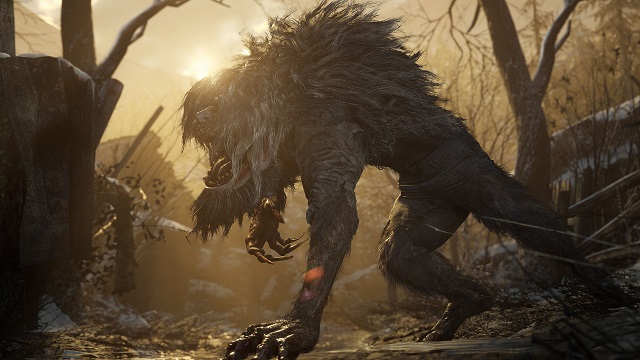
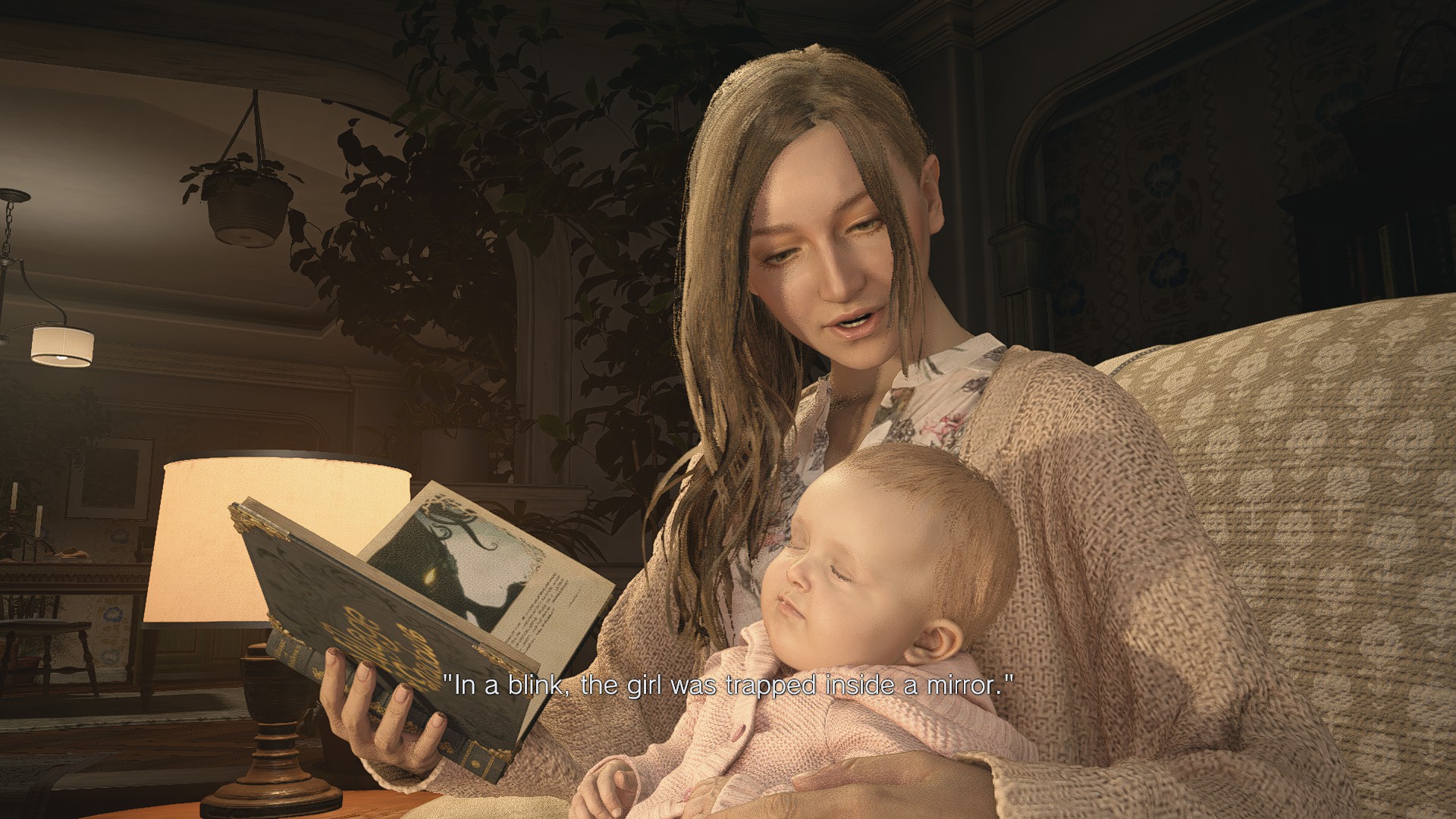
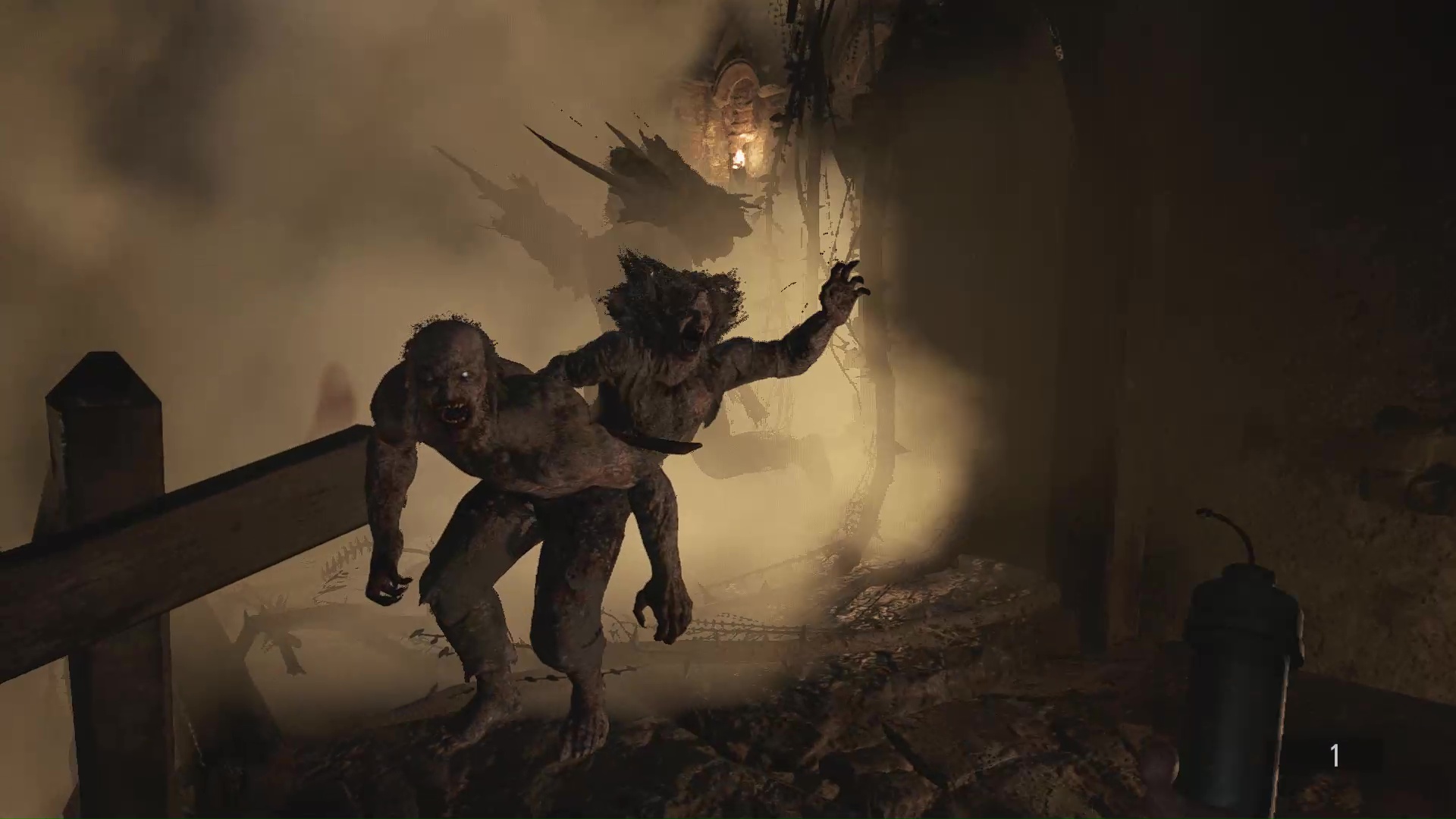
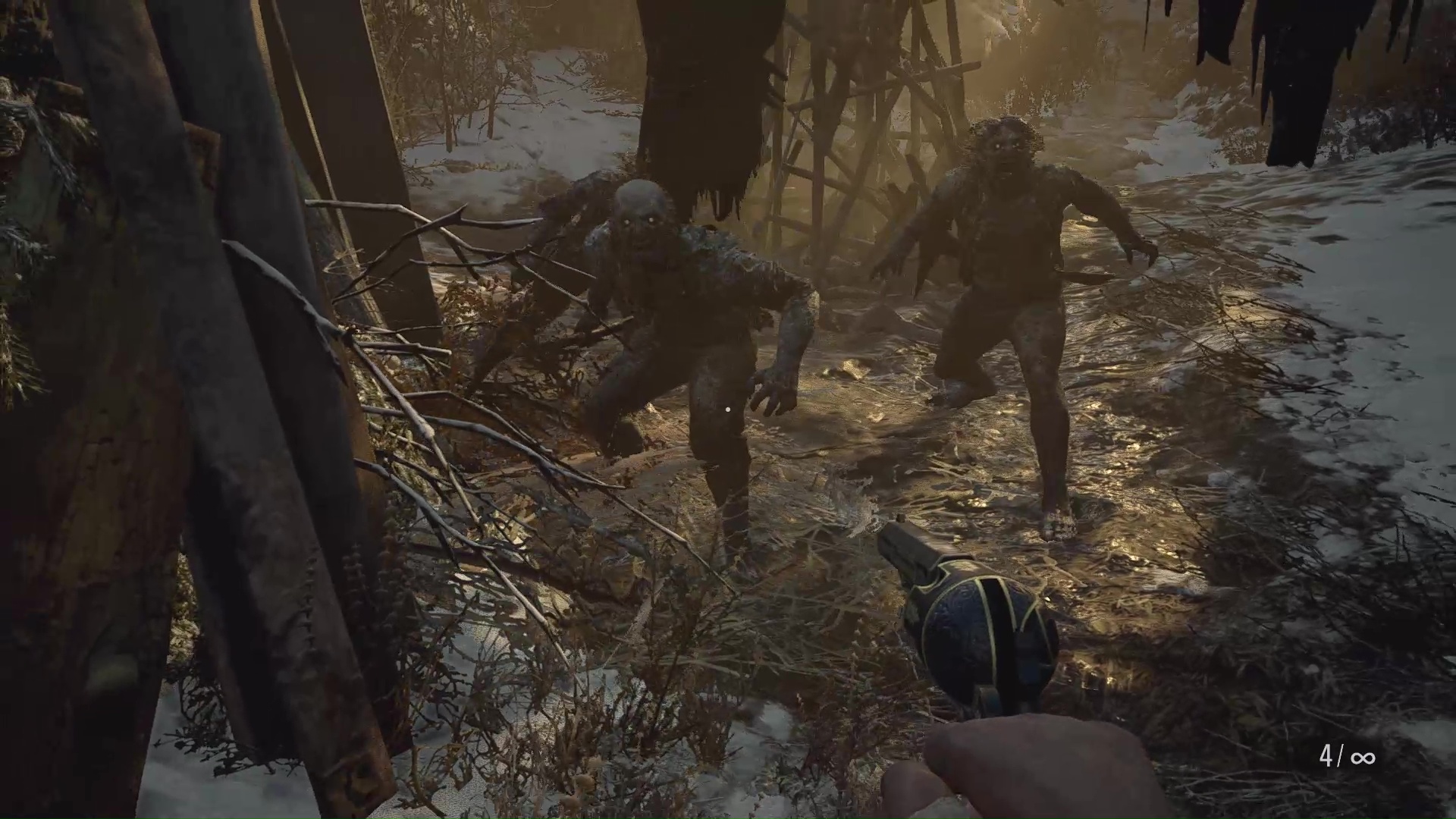
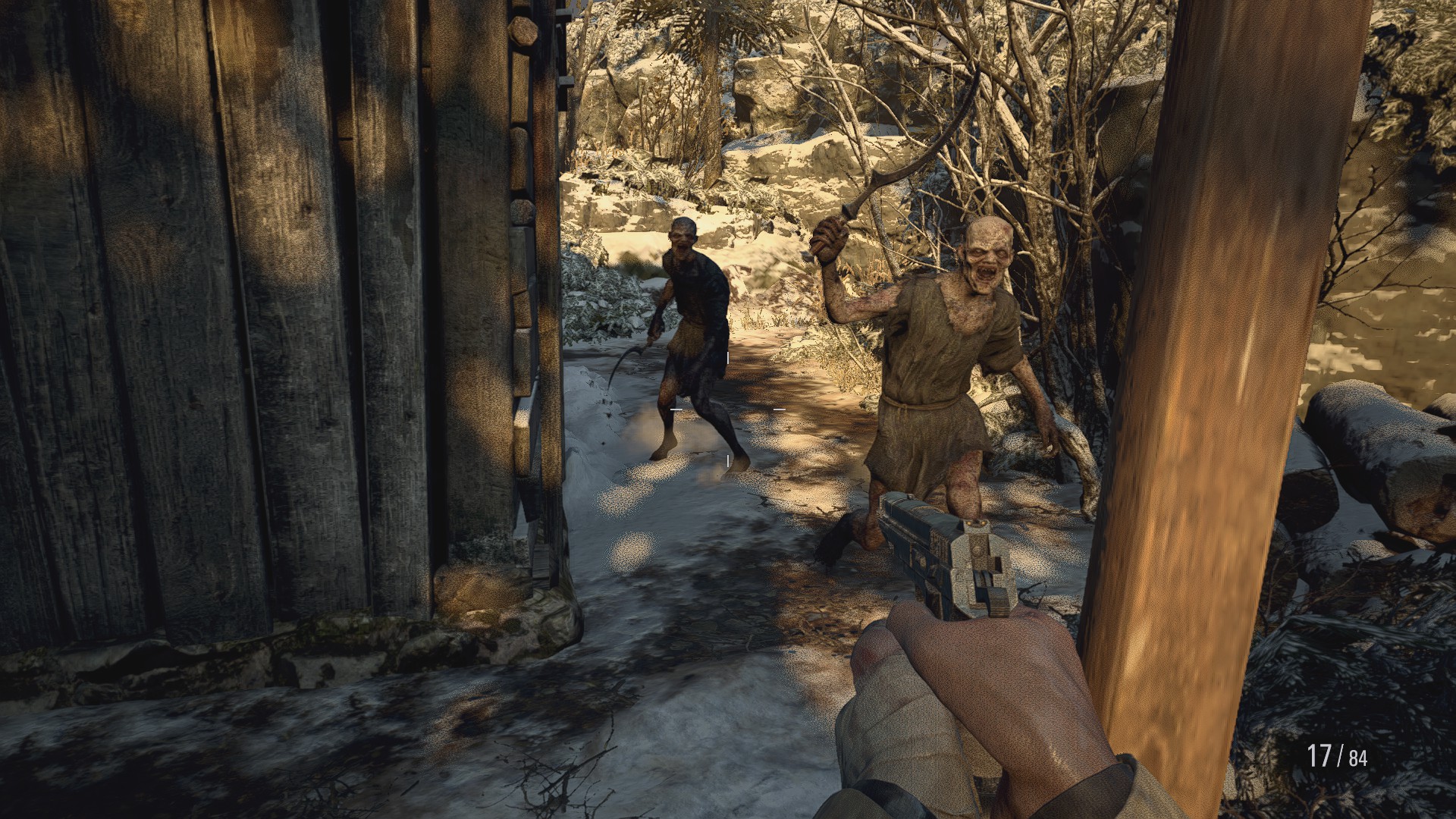
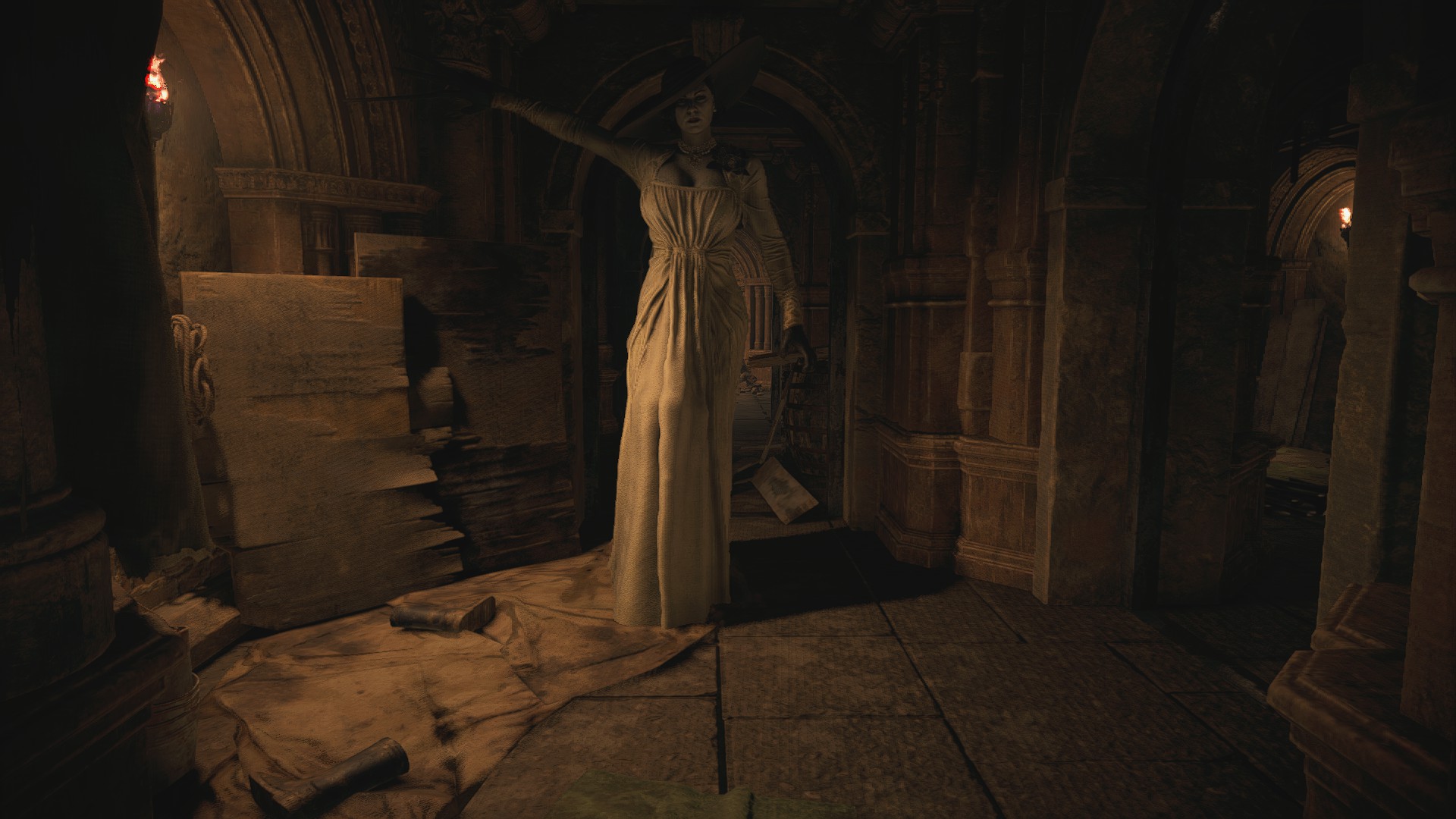








Published: May 14, 2021 08:04 pm